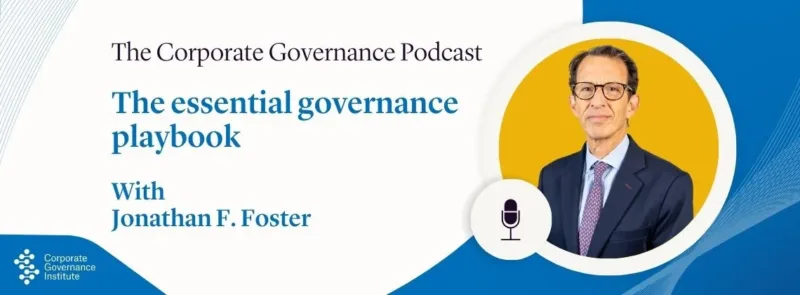News analysis
Sharp increase in firms linking ESG to higher pay

ESG incentives continue to increase in popularity, despite severe uncertainties in the global economy, new data has shown.
The latest research from Guerdon Associates has suggested that ESG incentives – or the act of tying a portion of executive compensation to a company’s ESG progress – are “not relenting”.
The news comes despite a turbulent 2022. The year began with a global economy struggling to recover from the pandemic. And soon after restrictions eased, runaway inflation took hold thanks to supply chain shortages and the fallout from the Russian invasion of Ukraine.
Against this backdrop, some thought ESG (and related incentive policies) would drop significantly on the list of priorities. That doesn’t seem to be the case, at least not yet.
What does the data say?
Guerdon’s full report on ESG incentives was released this month. Its data comes from the public disclosures of any company listed on selected countries’ leading share indices.
It found:
- Over 80% of the surveyed companies in Europe (represented by France, Germany and Switzerland), Australia, the UK and South Africa tied executive compensation to ESG progress in 2022.
- The figures for each of those four jurisdictions are an increase from 2021.
- Around 60% of firms in Canada, the US and Singapore tied executive compensation to ESG. While the US and Singapore recorded a higher figure than 2021, Canada recorded a sharp decline (down to 62% from 70% in 2021).
- The global average rate of EASG incentive prevalence is 78%, up from 73% in 2021.
Who’s in and who’s out
Guerdon have also analysed several large investment firms and their ESG compensation policies.
- Companies that do require ESG compensation: AllianceBernstein, Amundi, Hermes EOS and Legal and General. Several of these require the compensation program to be “meaningful”, indicating that their policies are not just tick-box exercises.
- Companies that do not require ESG compensation: Vanguard, Allianz, and BlackRock. Although they don’t require ESG compensation, they generally still have criteria for companies that pursue it.
Companies with no policy either way: Fidelity, Norges, State Street.
What does Guerdon say?
ESG incentives are an “important defence strategy”, the company says – able to convince wary investors who aren’t sure about a firm’s genuine commitment to sustainability.
“…Companies want to communicate their ESG intentions both internally and externally. These forces have contributed to a rapid increase in the adoption of ESG measures in executive incentives.”
“Institutional investor policies have evolved, shaped by the dominance of index investing and increased pressure to ‘invest with a conscience’.
Are there any industries where ESG incentives are most prevalent?
Yes. Utilities and materials production are the top performers—both feature over 90% prevalence.
At the other end of the scale, discretionary consumer products (64%) and IT (54%) are the lowest performers. However, Guerdon states that these sectors, alongside the jurisdictions with lower uptakes, will continue to increase throughout the decade.
What else has the report said?
The 30-page document contains a lot of observations and outlooks, but here are some other main points:
The three components of ESG
The trend: Interestingly, the social side (S) of ESG commands the most attention within executive compensation policies. In other words, companies use social metrics when deciding on executive compensation.
It contrasts environmental (E) metrics – which often “steal the limelight” – although this side of ESG has grown rapidly in 2022.
The prediction: Guerdon expects the E component to continue to grow, perhaps to the point of domination. This is primarily due to increasing efforts to achieve a net-zero global economy.
Diversity, equity and Inclusion
The trend: Within the social side of ESG compensation; diversity, equity and inclusion (DEI) measures have seen the most significant increase in attention.
Globally, 60% of companies leaning towards the S of ESG now focus on DEI this year, up from 45% in 2021.
The prediction: “DEI measures will increase in prevalence as companies develop and refine their DEI strategies with more specific objectives and targets,” Guerdon said.
They will “continue to be a primary social measure given the relative ease with which performance can be measured.”
Solid metrics
The trend: The metrics used to determine ESG incentives are becoming “increasingly quantifiable”, Guerdon said, thanks to most companies (over 90%) now using a “scorecard” approach.
The prediction: Guerdon expects this trend to continue as companies approach ESG as a standalone assessment area rather than bundling it in with other goals elsewhere.




